Amazon Brand Registry Made Easy: Everything You Need to Know
With millions of sellers on Amazon, protecting your brand has never been more important. Counterfeit
Google Shopping Feed optimization is a game-changer for online sellers seeking to strategically position their products in front of a highly targeted audience.
Imagine your products seamlessly surfacing on Google’s search results, capturing the attention of potential customers who are actively seeking what you offer. This is not just a possibility but a tangible outcome of a well-optimized Google Shopping Feed.
Google Shopping Feed optimization involves fine-tuning the information you provide about your products, ensuring it aligns perfectly with what users are searching for. This optimization process holds a pivotal role in the success of online sellers for several reasons.
Therefore, It’s capable of transforming your product listings from mere entries in a vast digital catalog to compelling, click-worthy product listings that guide users smoothly from search queries to completed transactions.
What makes a killer Google Shopping feed. No rocket science, it’s just the basics you need for your online store to shine. In the realm of Google Shopping Feed Optimization, integrating these best practices is crucial for success.
The product title, description, images, price, and availability are to be compelling and customer-centric. As a result, it will make your product way easier to spot by the shoppers eagerly on lookout for such products.
In the dynamic landscape of eCommerce, visuals have a profound impact on user engagement and conversion rates. Therefore, high-quality images stand out as one of the key players.
Image credit – Amazon
Optimizing the product title not only boosts the reach among target customers but also provides a positive and informative experience for potential customers.
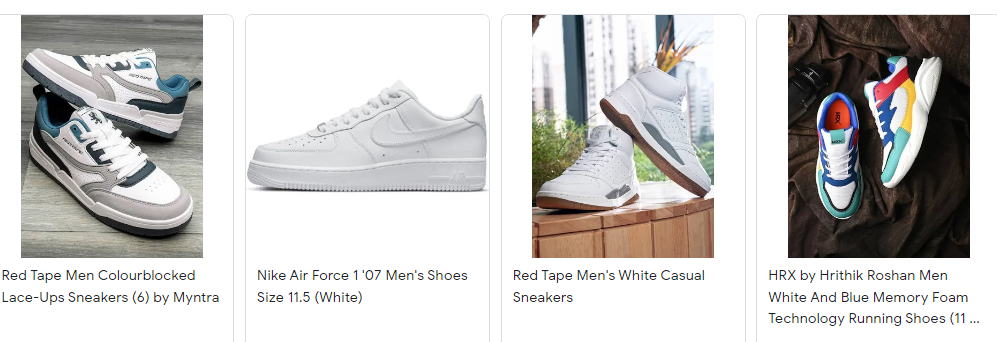
Image Credit – Google.com
The Pro Tip – Ensure that the product description provides pertinent details about the item, emphasizing its relevance to the user. Take the opportunity to incorporate additional benefits, such as free shipping, color variations, size options, and material specifications, and articulate why these features are valuable to the prospective buyer.
In the dynamic realm of online retail, the CedCommerce Google Feed app emerges as an indispensable tool for Google Shopping sellers. This app streamlines the optimization of product data, offering sellers a user-friendly interface coupled with comprehensive features to enhance their listings.
Technique: Infuse your product descriptions with storytelling elements. Hence, it creates a narrative that takes potential buyers on a journey, helping them envision how the product fits into their lives.
Example: “Embark on a culinary adventure with our artisanal olive oil. Picture yourself drizzling the liquid gold over a vibrant summer salad, the sun-kissed flavors dancing on your palate.”
Technique: Clearly articulate the unique selling points of your product. What sets it apart? Why should someone choose your product over others? Use concise and impactful language to highlight these USPs.
Example: “Unleash the power of productivity with our state-of-the-art laptop. Lightning-fast processing, feather-light design, and a battery that keeps up with your busiest days—experience the pinnacle of efficiency.”
Technique: Provide potential buyers with all the information they need to make an informed decision. Include details such as sizing, color options, and materials used, enhancing the overall shopping experience.
Example: “Indulge in luxury with our cashmere blend sweater. Choose from a palette of rich hues, and revel in the unmatched comfort of premium cashmere and silk—crafted for elegance and warmth.”
One of the often overlooked but crucial aspects is the optimization of categories and product types.
A well-optimized categories and product types play a pivotal role in ensuring your products are accurately classified and easily discoverable by potential customers.
Be specific when defining product types. Include detailed information about your products such as size, color, material, and other relevant attributes. This ensures accurate representation and better matches with user queries.
Think about how potential customers might search for your products. Align your categories and product types with common search queries to increase visibility and match user intent effectively.
Familiarize yourself with Google’s product taxonomy. Accurate categorization ensures your products appear in relevant searches. Leverage Google’s suggested categories to align with their system.
Aforementioned tips will enhance the browsing experience for shoppers, making it easier for them to find what they’re looking for and increasing the likelihood of conversions.
A well-optimized Google Shopping Feed transforms your product listings from mere entries in a vast digital catalog to compelling, click-worthy listings that guide users seamlessly from search queries to completed transactions.
It’s the difference between being lost in the crowd and standing out in the spotlight. As the e-commerce landscape continues to evolve, staying committed to these optimization practices will not only keep your product listings relevant but also drive sustainable success in the ever-expanding digital marketplace.

With millions of sellers on Amazon, protecting your brand has never been more important. Counterfeit

TikTok isn’t just setting trends anymore — it’s rewriting the playbook for performance marketing, creative

In a significant development for online retailers, Walmart has officially updated its policies to permit
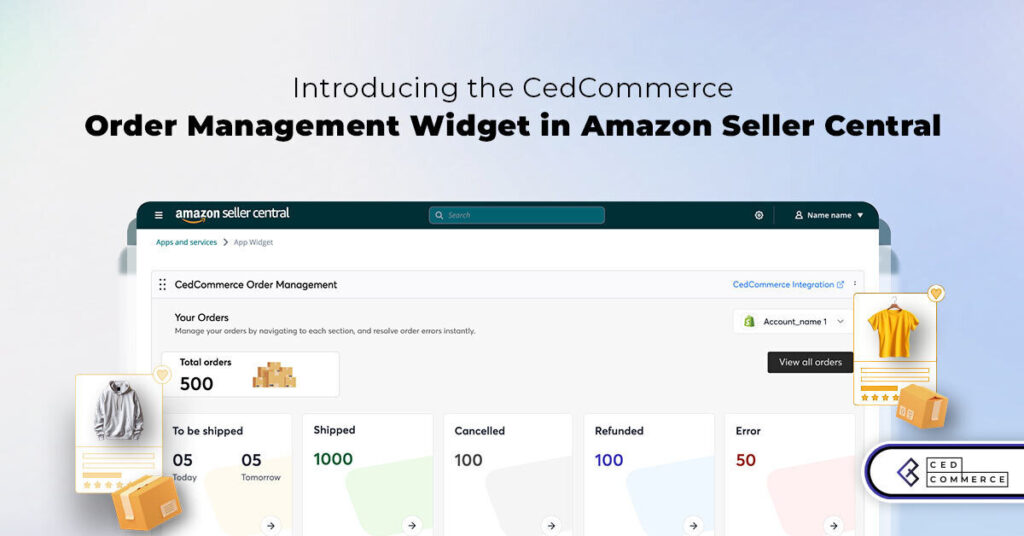
Are you encountering issues with Amazon order management across various sales channels? If so, everyday

A Deep Dive into Selling Smart on TikTok Shop UK, TikTok Shop US, and TikTok

In a world where cross-border commerce fuels eCommerce growth, tariffs are no longer just policy

In the world of eCommerce, visibility is everything—and Walmart Marketplace is no exception. With thousands

In what comes as a major relief for TikTok and its millions of users in

In a move aimed at enhancing product quality and boosting buyer confidence, TikTok Shop has

Selling on Amazon offers immense opportunities, but one of the most crucial decisions sellers face

Amazon is doubling down on AI-driven selling tools, introducing a new AI-generated product enrichment pilot
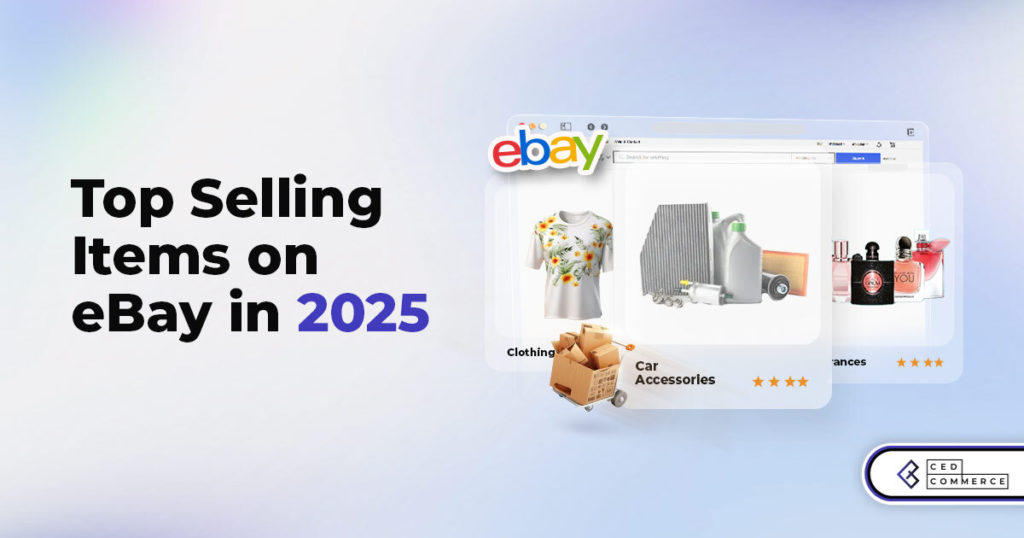
With over 17.6 million sellers on eBay marketplace, cracking the code behind the top selling

Amazon is doubling down on artificial intelligence, introducing the AI-powered ‘Interests’ feature that automatically finds

U.S. President Donald Trump has hinted that a TikTok deal is on track before the
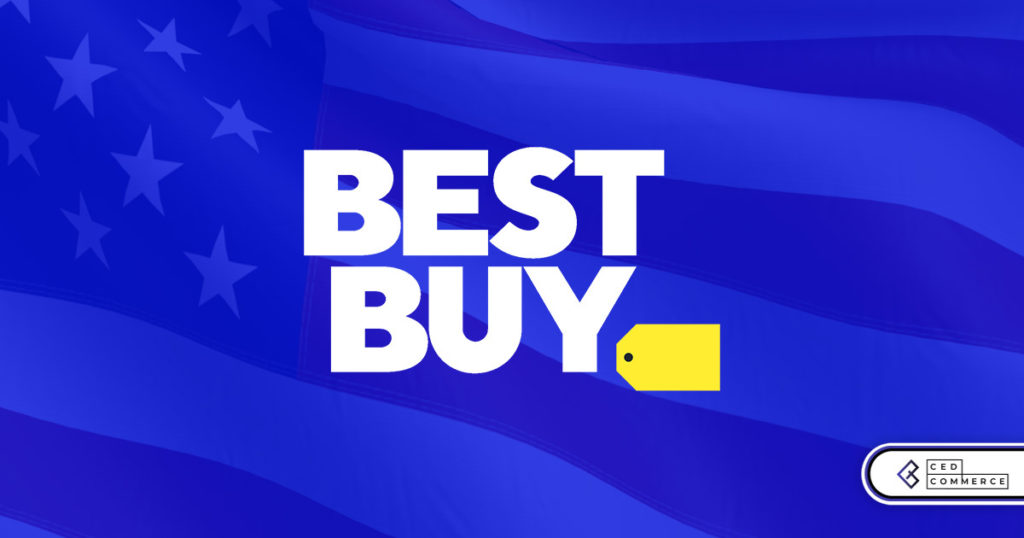
Nearly a decade after closing post its first attempt, Best Buy is returning to the

PrestaShop has long been a leading name in European eCommerce. With its flexibility, user-friendly interface,

In a significant move to improve merchant operations, Walmart has introduced “Wally,” a generative AI

TikTok Shop, the eCommerce division of the popular social media platform TikTok, is set to

Despite political scrutiny and regulatory challenges, TikTok Shop is thriving in the U.S., with American
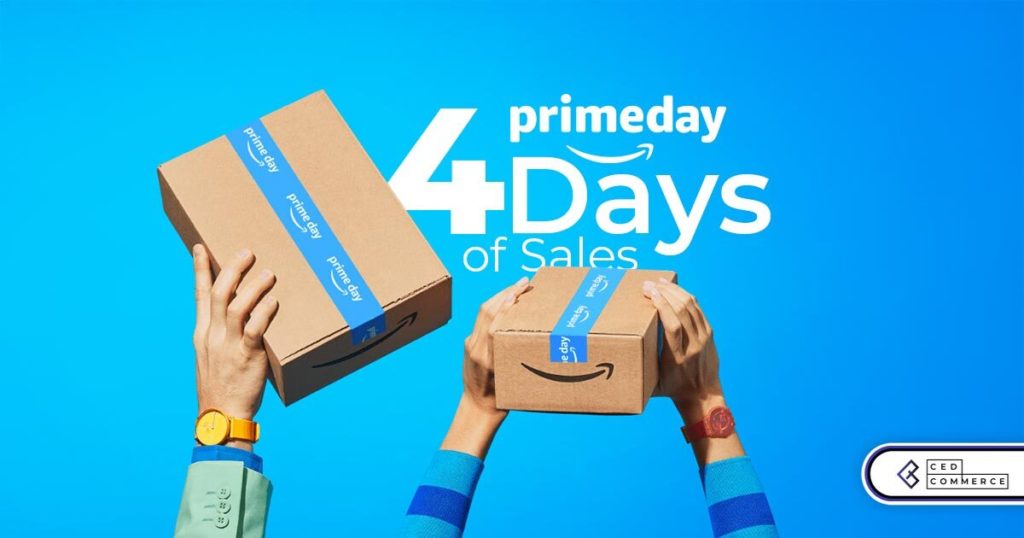
Amazon is making history by extending its flagship summer sales event to four days in